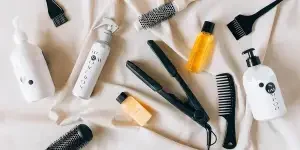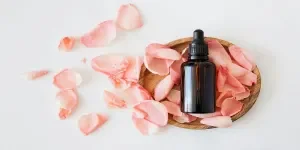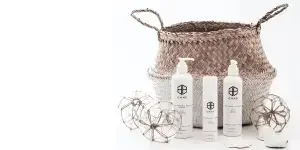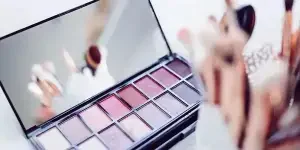Table of Contents
● Introduction
● Understanding the main types and applications of artificial fingernails
● Market insights: Trends shaping artificial nails in 2027
● Key factors to evaluate when selecting artificial fingernails
● Leading models and popular styles: A look at top choices
● Conclusion
Introduction
Artificial fingernails, or nail enhancements, offer more than just aesthetic appeal. They provide practical benefits such as reinforcing weak nails, ensuring longer durability, and reducing the need for frequent maintenance. With materials like acrylic, gel, and dip powder, these products cater to diverse preferences, from bold and vibrant designs to subtle and professional looks. Their ability to protect natural nails while offering versatile styling options makes them essential to modern grooming routines. As materials improve and fashion trends evolve, artificial nails continue gaining popularity across various industries, meeting the growing demand for creativity and practicality.
Understanding the main types and applications of artificial fingernails
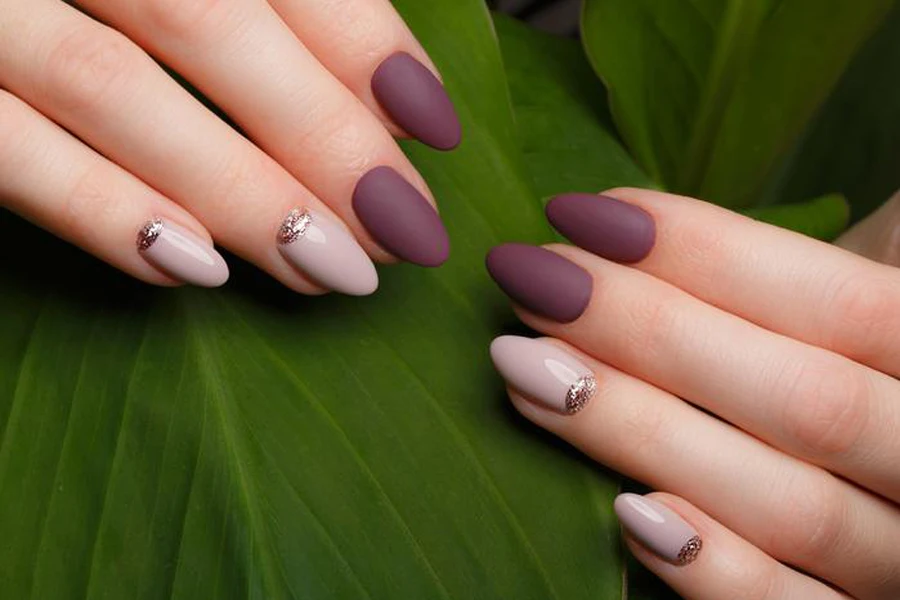
Acrylic nails: durable and versatile
Acrylic nails remain popular for their durability and versatility, formed by combining liquid monomer with powder polymer to create a strong protective layer. Their resistance to chipping makes them ideal for long-lasting enhancements, while the ability to reshape and refinish suits various fashion needs.
Acrylics can be filed into practical shapes like oval or dramatic styles such as stiletto and coffin, appealing to diverse preferences, especially for events and gatherings. However, maintenance is required every two to three weeks to address gaps from nail growth. Prolonged use may weaken natural nails, making moisturizing and breaks essential for nail health. Despite this, acrylics’ affordability and performance ensure continued demand across markets, balancing style and practicality.
Gel nails: long-lasting with a natural finish
Gel nails are popular for their smooth, glossy finish and lightweight feel, offering a comfortable, natural alternative to acrylics. They maintain shine and color over extended periods with minimal touch-ups, positioning them as a premium product. Cured under UV or LED lights, gel nails strongly bond with natural nails. While UV exposure raises safety concerns, LED systems have become preferred for faster, safer curing with lower radiation.
Gel nails are flexible, reducing the risk of breakage, but removal requires care, typically involving acetone, which can dry the nail bed. Professionals recommend alternating with other nail options to maintain nail health. Despite these challenges, gel nails remain highly popular for their elegance, durability, and practicality.
Wraps, silks, and press-on: ideal for quick fixes and low-maintenance looks
Wraps, silks, and press-on nails offer versatile, easy-to-use solutions with aesthetic appeal. Wraps, made from silk or fiberglass, provide lightweight protection for weak nails, creating smooth surfaces for nail art or polish. Silk wraps, in particular, deliver a refined, delicate finish, making them ideal for professional settings.
Press-on nails offer instant application, pre-glued in various designs and colors for casual and formal occasions. Their easy removal makes them popular for frequent style changes. These products align with the trend toward accessible, low-maintenance beauty solutions, appealing to consumers seeking alternatives to acrylics or gels. As personalization and practicality shape preferences in 2027, wraps and press-ons will continue gaining traction for their affordability and flexibility.
Market insights: Trends shaping artificial nails in 2025
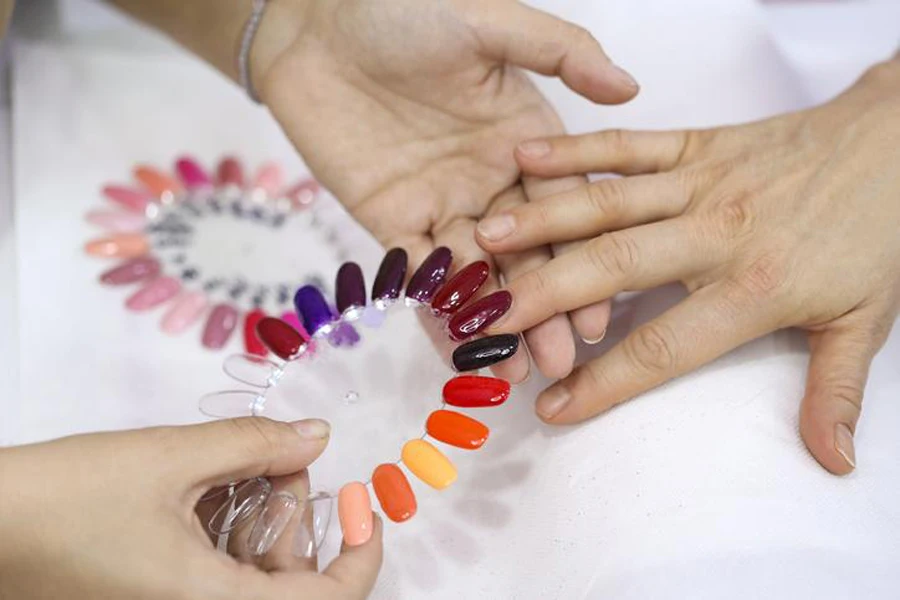
Growth in demand for non-damaging, eco-friendly materials
The focus on nail health has driven a shift toward eco-friendly artificial nails. Valued at US$ 274.0 million in 2022, the market is projected to reach US$ 449.3 million by 2031 at a 5.7% CAGR from 2023 to 2031, according to Transparency Market Research. Consumers are increasingly aware of the damage caused by harsh chemicals and excessive filing, leading to higher demand for non-toxic options like odorless acrylics and solvent-free polishes. Manufacturers align with beauty trends by adopting sustainable practices and balancing environmental goals with product durability and design.
Innovative products, including soak-off systems and breathable polishes, further protect natural nails and reduce damage during application and removal. These advancements appeal to health-conscious consumers, making eco-friendly products integral to the market’s evolution. The growing importance of sustainability in purchasing decisions continues to influence manufacturers, setting new standards for quality by 2025.
Influence of personalization and customization trends
Customization shapes consumer preferences, turning artificial nails into a medium for personal expression. Bold shapes like coffin and stiletto nails remain popular for those seeking striking looks, while demand for customized patterns, textures, and colors continues to grow. Social media has amplified this trend, with influencers and nail artists inspiring widespread adoption of creative designs.
The market reflects increasing interest in tailored solutions, with consumers opting for styles that align with their tastes and practical needs, such as specific nail lengths or materials. In response, manufacturers have expanded product lines to include press-on nails, wraps, and premium gels. This focus on personalization, combined with user-friendly, at-home application options, has become a key differentiator in the evolving artificial nail market.
Technological advances in UV and LED curing
Technology has advanced the artificial nails industry, with innovations in UV and LED curing systems improving safety and convenience. Concerns about prolonged UV exposure have driven the shift to LED systems, which emit lower UV levels, minimizing risks of skin damage. LED curing also speeds up the application, enhancing the user experience.
Now, the industry standard is that LED-cured gels maintain traditional gels’ durability and high-gloss finish without compromising efficiency. As technology evolves, further innovations are expected to enhance product performance, emphasizing sustainability and ease of use. This focus on safer, more efficient solutions ensures that artificial nails continue to meet professional and personal grooming needs.
Key factors to evaluate when selecting artificial fingernails
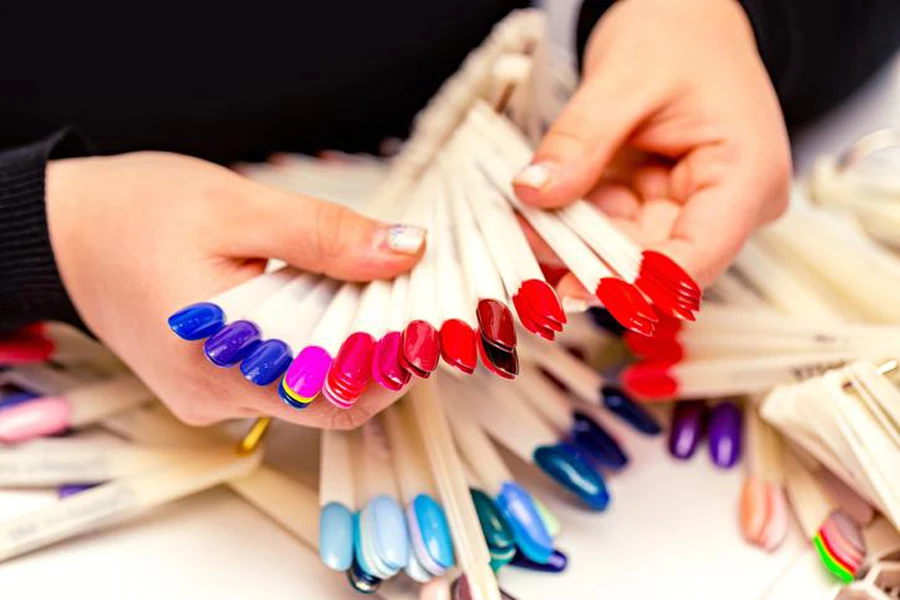
Health and safety considerations
Health and safety are key priorities in the artificial nails industry, focusing on minimizing damage to natural nails. Soak-off systems, such as gels and wraps, are safer alternatives to products requiring extensive filing, protecting the nail bed, and preventing brittleness. Moisturizing with cuticle oils or creams is essential to keep nails and skin healthy, especially after acetone use.
Preventing infections is also crucial, as damaged nails or poorly maintained enhancements can trap moisture, encouraging bacteria growth. Proper disinfection of tools and careful nail preparation, like avoiding aggressive cuticle pushing, help reduce risks. Individuals with fungal infections are advised to avoid adhesives that could worsen conditions. Adopting high-quality products and best practices ensures both nail health and aesthetic appeal.
Maintenance requirements
Artificial nails require varying maintenance levels based on type. Acrylic nails need refills every two to three weeks to address growth gaps, maintaining their shape and strength but requiring time for upkeep. Gel nails, though long-lasting, also need occasional care, like reapplying top coats or polishing to fix chips.
Lower-maintenance options like wraps and press-ons provide quick fixes without a long-term commitment. Wraps reinforce and protect natural nails with minimal upkeep, while press-ons offer convenient, temporary wear and easy style changes. For those seeking long-term use, alternating between different nail types helps maintain aesthetics and nail health, reducing the need for frequent, intensive maintenance.
Budget and product lifespan
Artificial nail costs vary significantly based on the material and application method. Acrylic nails tend to be more affordable, though the cumulative cost of regular refills can add up over time. Gel nails, typically priced higher due to their smooth finish and curing requirements, appeal to consumers seeking premium quality. In contrast, press-on nails offer a budget-friendly option for those experimenting with styles without committing to long-term enhancements.
Product lifespan also plays a crucial role in determining value. Dip powder nails, for example, stand out for their durability, lasting up to four weeks without chipping or fading. This extended wear makes them a cost-effective choice, especially for consumers seeking low-maintenance solutions with professional results. Ultimately, selecting the right product involves balancing upfront costs with the expected lifespan, ensuring the chosen nails align with aesthetic goals and practical needs.
Leading models and popular styles: A look at top choices
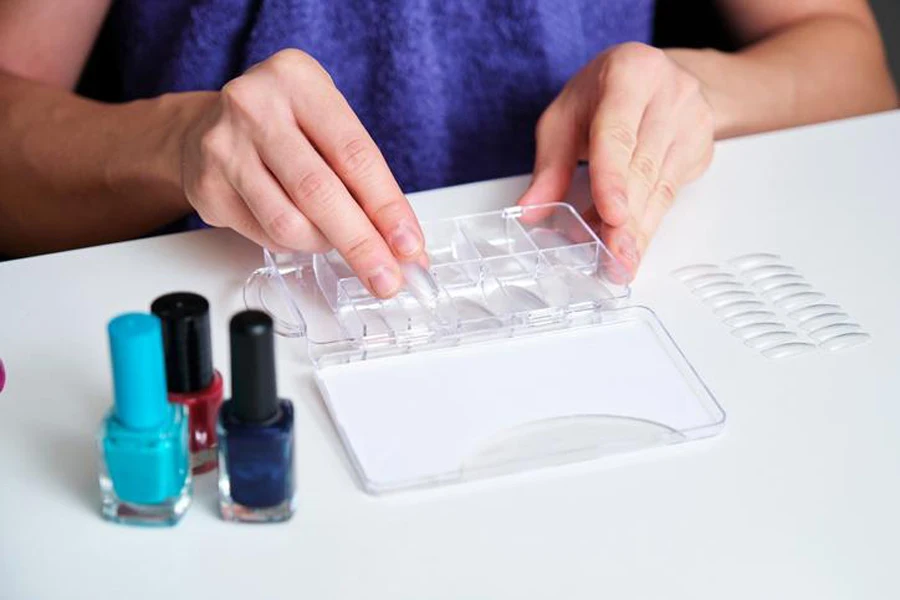
Acrylics and gels for bold, statement looks
Acrylic and gel nails have become synonymous with striking, statement-making designs, often favored for evening wear and special occasions. Acrylic nails offer unparalleled durability, allowing for intricate shapes like stiletto and coffin styles. These designs, known for their elongated elegance, add a dramatic flair that complements formal attire and bold fashion choices. Acrylics are also highly customizable, enabling detailed nail art that aligns with specific events or personal preferences.
Gel nails, on the other hand, bring a smooth, glossy finish that appeals to those seeking a more polished yet equally impactful look. With a lighter feel than acrylics, gels are popular for achieving refined, seamless styles. They are ideal for occasions where sophistication is key, offering long-lasting shine that resists chipping. Whether for galas, weddings, or nights out, acrylics and gels provide the versatility needed to create high-impact visuals, leaving lasting impressions.
Press-ons and wraps for quick, everyday options
For those seeking convenience, press-on nails deliver fast, flexible solutions without sacrificing style. Pre-glued and ready to apply, they are available in various colors, patterns, and lengths. This ease of use makes press-ons an excellent choice for individuals who prefer changing their nail designs frequently or need a quick manicure before meetings or casual outings. Their affordability and minimal commitment make them a practical option for experimenting with new trends.
Wraps are another convenient alternative for individuals who prioritize nail health and low maintenance. Made from lightweight materials such as silk or fiberglass, wraps provide additional strength to natural nails while maintaining a clean, understated look. They especially benefit those with fragile nails, offering reinforcement without frequent upkeep. Both press-ons and wraps align with the growing demand for practical beauty solutions, meeting the needs of busy professionals who seek versatility and ease.
Conclusion
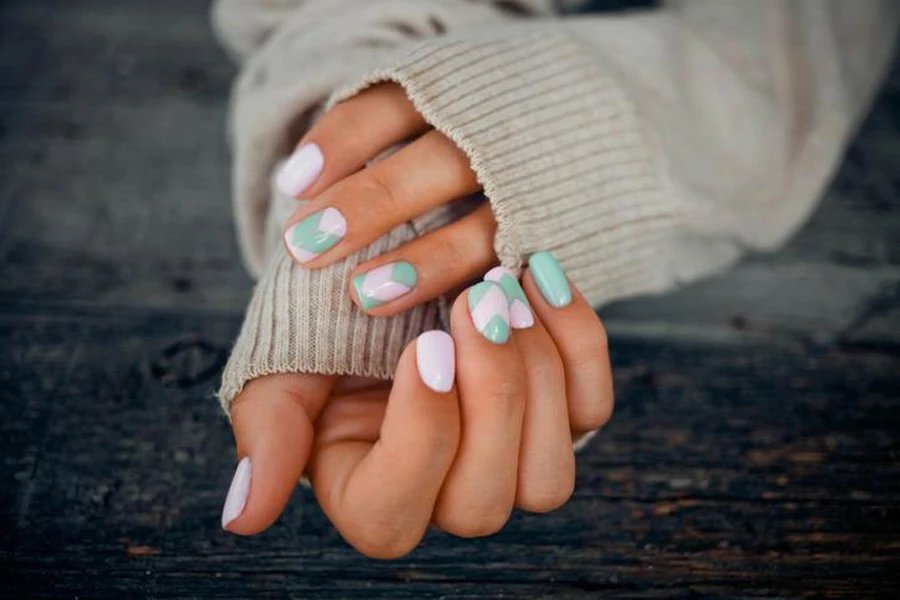
Choosing artificial nails that suit individual needs and styles ensures aesthetic appeal and long-term satisfaction. Options like durable acrylics, glossy gels, and convenient press-ons or wraps offer versatility, while products that prioritize nail health, such as soak-off systems, reduce maintenance risks. High-quality materials that preserve natural nail integrity add value, and personalized designs or low-maintenance solutions cater to various lifestyles. Investing in thoughtful, health-conscious choices ensures artificial nails remain a functional and stylish part of grooming.
